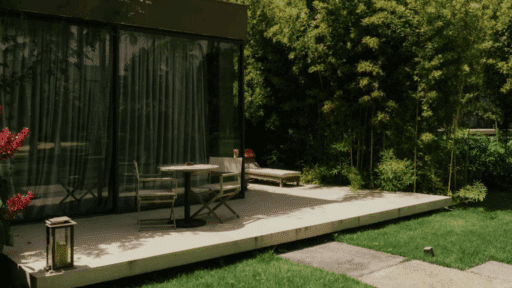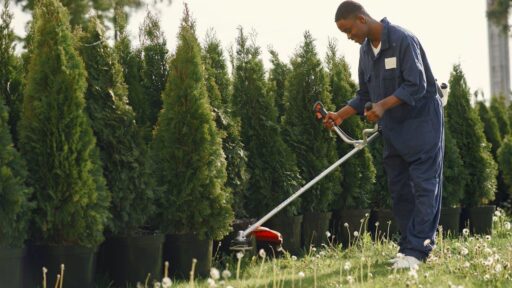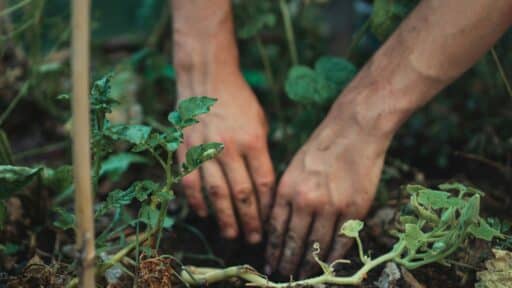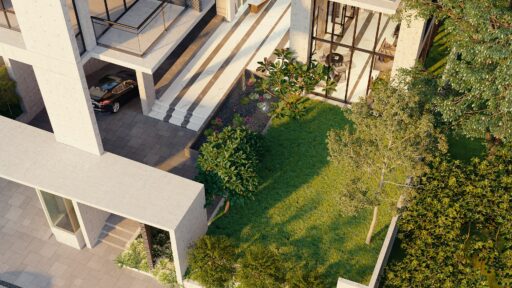Colorado’s unique climate creates landscaping challenges that catch many homeowners off guard, especially those relocating from more temperate regions. High altitude, intense UV exposure, dramatic temperature swings, and limited precipitation require specialized plant selections and design approaches that differ significantly from traditional landscaping methods.
Most landscaping disasters happen because homeowners apply techniques that work in other climates but fail miserably in Colorado’s harsh conditions. What thrives in humid, mild climates often struggles or dies completely when facing Colorado’s environmental extremes and unpredictable weather patterns.
That’s why experienced homeowners work with the best landscape design service Colorado professionals who understand local conditions rather than attempting generic landscaping approaches. Professional designers know which plants thrive locally, how to design efficient irrigation systems, and how to create landscapes that survive Colorado’s challenging seasonal changes. Local expertise prevents expensive mistakes and ensures long-term success.
Choosing Plants Unsuitable for Climate
Drought resistance becomes crucial for Colorado landscaping success, but many homeowners select plants based on appearance rather than water requirements and climate adaptation. Lush, water-hungry plants that look beautiful in garden centers often struggle and die during Colorado’s frequent drought conditions and water restrictions.
High-altitude growing conditions affect plant selection dramatically because intense UV exposure, thin air, and extreme temperature fluctuations stress plants that aren’t adapted to mountain environments. Plants that thrive at sea level often fail completely when planted above 5,000 feet elevation without proper acclimatization.
Hardiness zones in Colorado vary significantly even within the same property due to microclimates created by elevation changes, wind exposure, and sun patterns. Professional landscapers understand these variations and select plants that match specific site conditions rather than relying on general zone recommendations.
Poor Irrigation Planning
Overwatering kills more Colorado plants than underwatering because many homeowners don’t understand that local soils drain differently and native plants require less water than traditional landscaping. Excessive irrigation creates root rot, attracts pests, and wastes water during frequent municipal restrictions.
Water waste increases dramatically when irrigation systems aren’t designed for Colorado’s clay soils, steep slopes, and intense sun exposure that affects evaporation rates. Generic sprinkler systems often apply water too quickly for proper soil absorption, creating runoff that wastes water and nutrients.
Seasonal watering adjustments require understanding Colorado’s unpredictable precipitation patterns and rapid weather changes that can shift from drought to flooding within weeks. Automated irrigation systems need programming that accounts for these dramatic variations rather than consistent year-round schedules.
Ignoring Seasonal Changes
Snow load considerations get overlooked by homeowners who plant trees and shrubs without understanding how heavy snow and ice affect plant structure and survival. Many attractive plants can’t support Colorado’s snow loads and suffer permanent damage or death during severe winter weather.
Freeze-thaw cycles destroy plants and hardscaping that aren’t designed for Colorado’s extreme temperature fluctuations that can vary 50 degrees or more within 24 hours. Tender plants, improperly installed irrigation lines, and unsuitable hardscaping materials fail when subjected to repeated freezing and thawing.
Wind exposure increases dramatically during Colorado’s frequent high-wind events that can damage or destroy landscaping not designed for these conditions. Chinook winds, thunderstorm downbursts, and seasonal wind patterns require plant selections and design approaches that account for extreme weather events.
Conclusion
Colorado landscaping requires specialized knowledge of local climate conditions, plant adaptations, and design techniques that differ significantly from traditional landscaping approaches used in other regions. Generic landscaping methods often fail completely when applied to Colorado’s unique environmental challenges.
Professional landscape designers understand Colorado’s climate extremes and can create beautiful, sustainable landscapes that thrive in local conditions while conserving water and reducing maintenance requirements. Their expertise prevents costly mistakes and ensures long-term landscaping success.
Smart homeowners invest in local landscape design expertise rather than attempting generic approaches that work elsewhere but fail in Colorado’s challenging conditions. Professional design creates landscapes that enhance property values while surviving the environmental extremes that make Colorado landscaping uniquely challenging.








